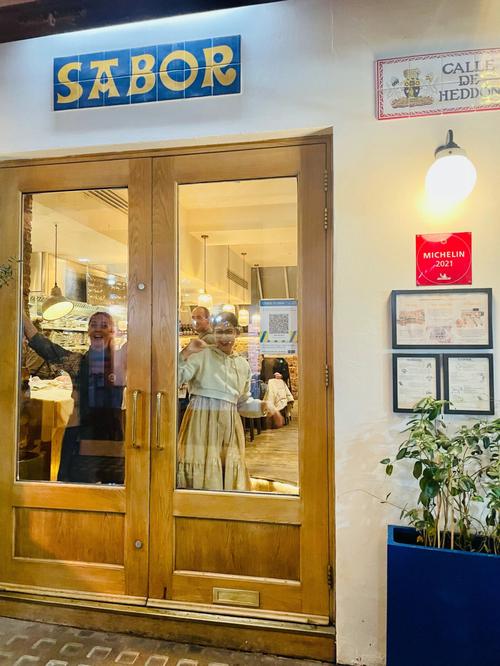Understanding the Essence of Sabor
Have you ever wondered what makes a dish truly delightful? The answer lies in the essence of sabor, a term that transcends mere taste. In this article, we delve into the multifaceted world of sabor, exploring its origins, cultural significance, and the science behind it.
What is Sabor?
Sabor, derived from the Spanish language, translates to ‘taste’ or ‘flavor’ in English. It encompasses the entire sensory experience of taste, including the perception of sweetness, sourness, saltiness, bitterness, and umami. Sabor is not just about the taste of a dish; it’s about the emotions and memories it evokes.

The Science of Sabor
Understanding the science behind sabor requires a look at the taste buds on our tongues. Taste buds are sensory organs that detect different taste qualities. When we eat, the food comes into contact with our taste buds, triggering a series of chemical reactions that send signals to the brain, allowing us to perceive flavors.
Here’s a brief overview of the five basic tastes:
| Taste | Description |
|---|---|
| Sweet | Indicates the presence of sugars and certain carbohydrates |
| Sour | Indicates the presence of acids, often found in fruits and vegetables |
| Salty | Indicates the presence of sodium, a key component of many foods |
| Bitter | Indicates the presence of certain compounds, often found in vegetables and herbs |
| Umami | Indicates the presence of amino acids, often found in meat, fish, and fermented products |
Cultural Significance of Sabor
Sabor is deeply rooted in culture and tradition. Different cultures have their unique flavors and cooking techniques that define their culinary heritage. For example, Italian cuisine is known for its use of olive oil, garlic, and herbs, while Japanese cuisine emphasizes the use of soy sauce, rice, and seafood.
Here are a few examples of how sabor is celebrated in different cultures:

- Italian Cuisine: Olive oil, garlic, and herbs are used to create rich, flavorful dishes that evoke a sense of warmth and comfort.
- Japanese Cuisine: Umami is a key component of Japanese cuisine, often achieved through the use of soy sauce, miso, and seaweed.
- Indian Cuisine: A blend of spices, including turmeric, cumin, and coriander, creates a complex and aromatic flavor profile.
The Art of Sabor
Creativity and skill are essential in the art of sabor. Chefs and home cooks alike must understand the balance of flavors, textures, and aromas to create dishes that are both visually appealing and delicious. Here are a few tips for mastering the art of sabor:
- Balance: Achieve a harmonious blend of flavors by using a variety of ingredients.
- Texture: Incorporate different textures, such as crunch, creaminess, and crispness, to enhance the overall dining experience.
- Aromas: Use herbs, spices, and other aromatic ingredients to create an enticing scent that will make your mouth water.
The Impact of Sabor
Sabor has a profound impact on our lives. It not only satisfies our taste buds but also connects us to our cultural heritage and fosters a sense of community. Sharing a meal with loved ones is a way to celebrate sabor and the joy of eating.
In conclusion, sabor is a complex and fascinating aspect of food that goes beyond mere taste. By understanding its origins, cultural significance, and the science behind it, we can appreciate the art of cooking and the joy of eating even more.


